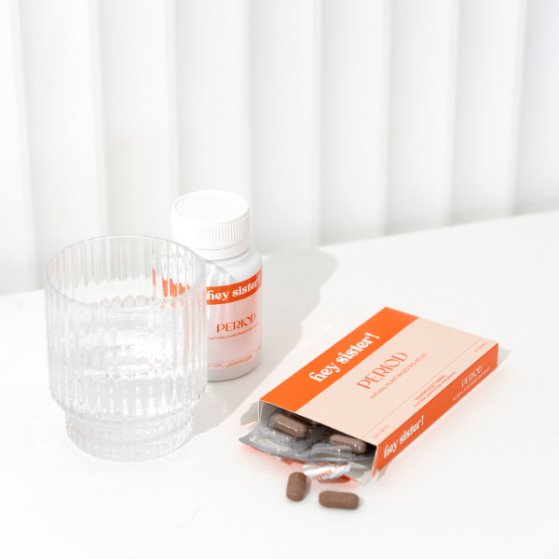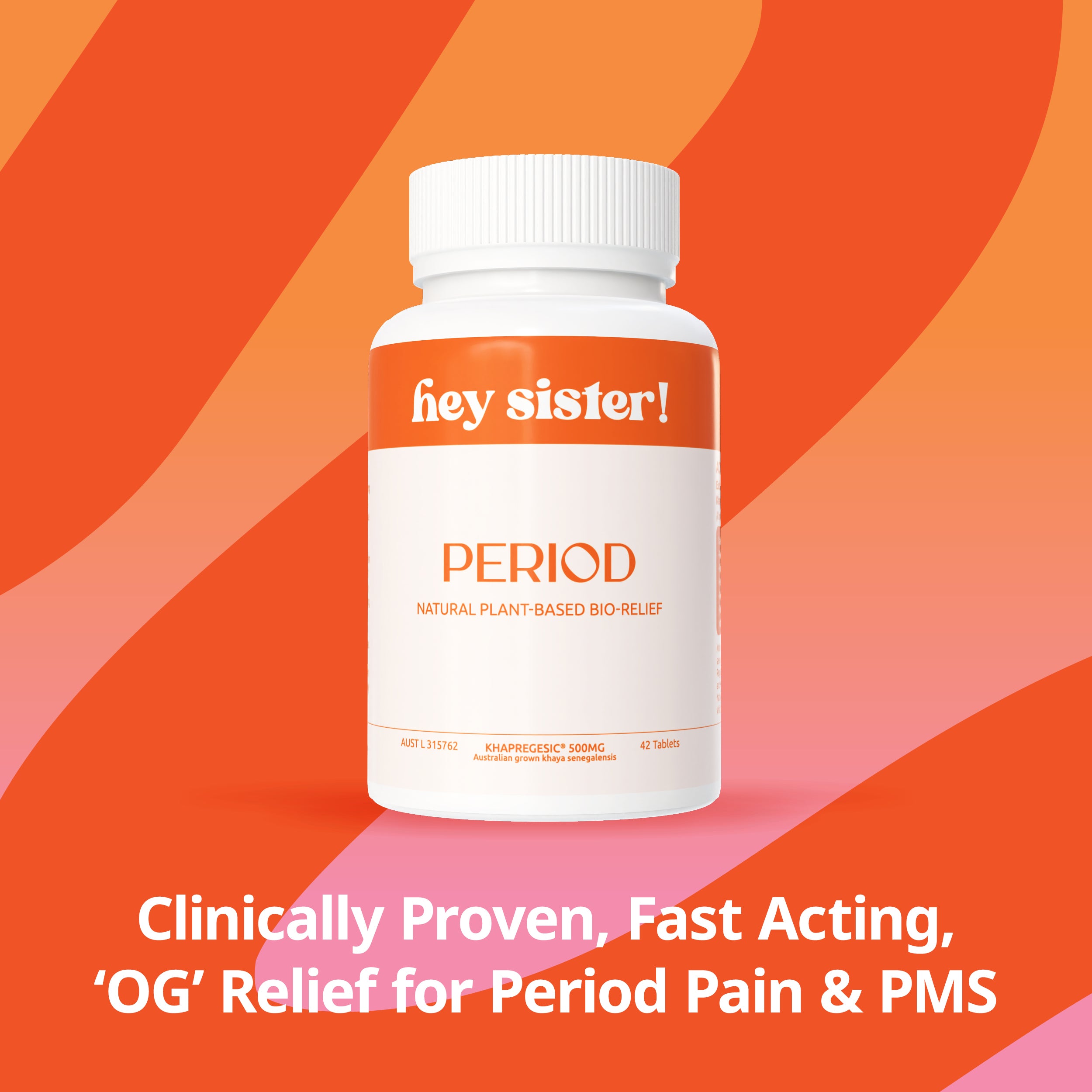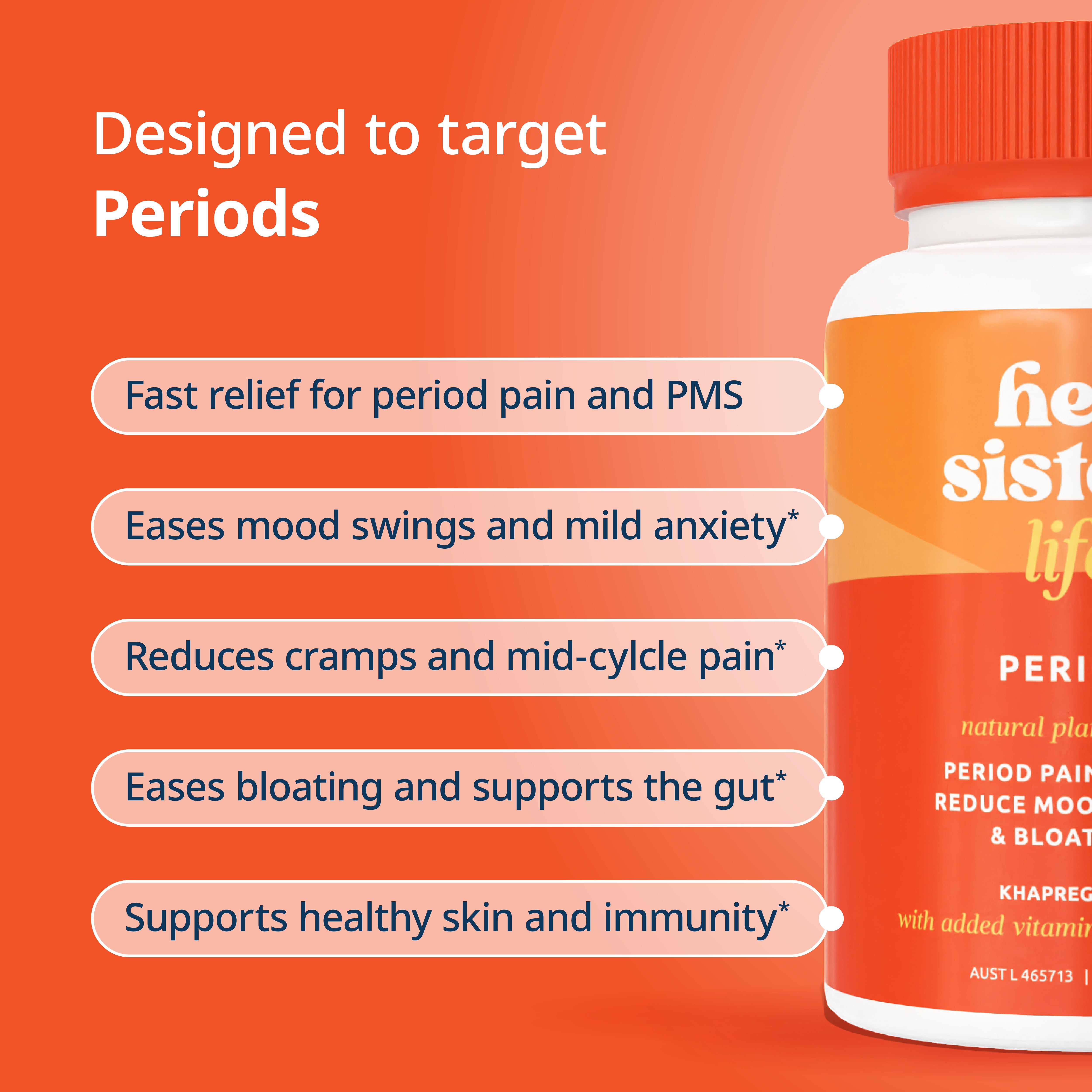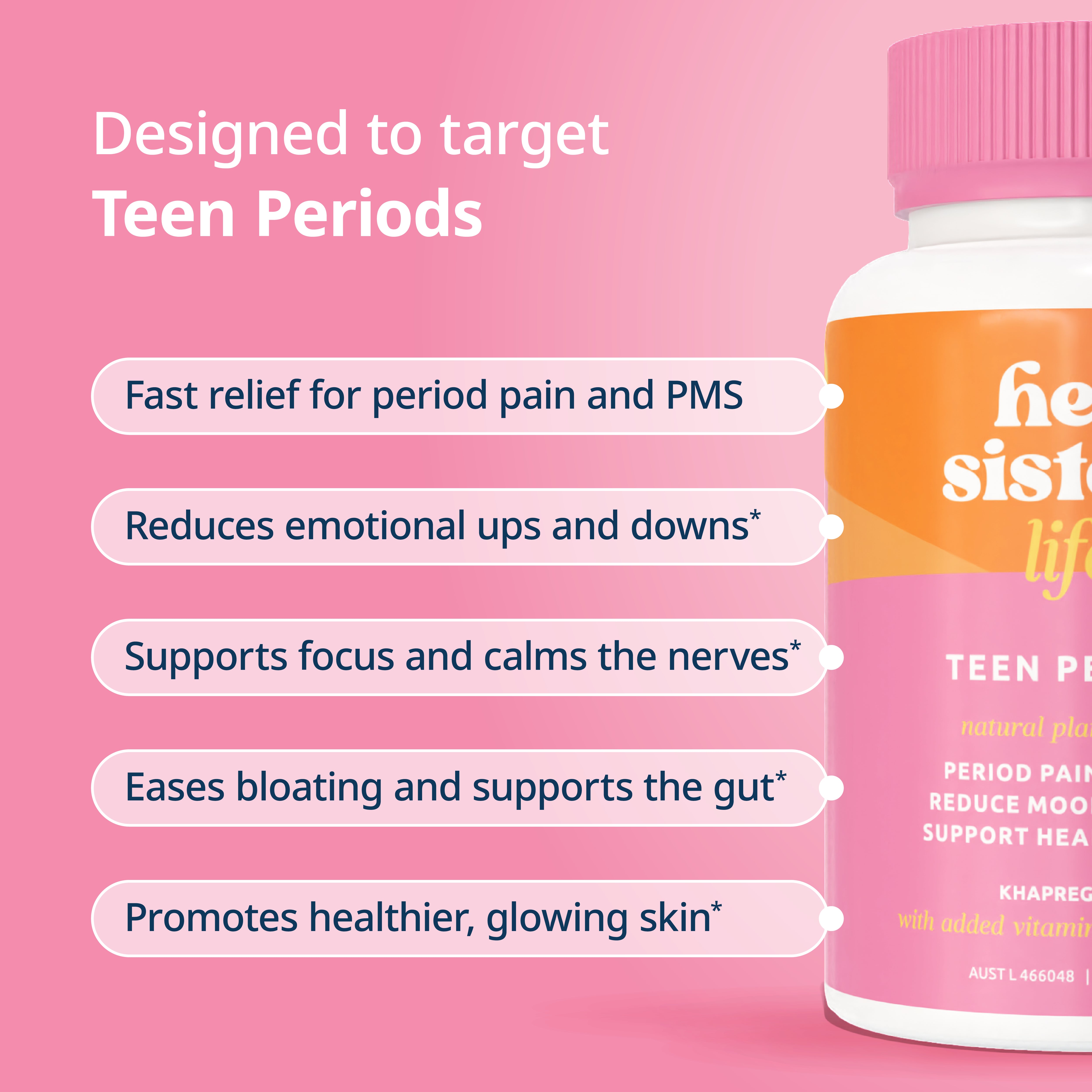How to build a routine that sticks; even when PMS, perimenopause, or life tries to throw you off track.
“Stop waiting to be seen. Start seeing yourself again.” – Michelle Bridges
When Michelle Bridges says it, you listen. At 54, the fitness powerhouse, entrepreneur, and women’s health advocate is walking the talk – reinventing herself while helping other women do the same.
In her podcast We Have a Situation, Michelle strips away the fluff:
“You don’t need to smash yourself six days a week. You need to just show up – over and over – and make it part of your life.”
And the latest 2025 research says she’s absolutely right.
Why Consistency Beats Intensity
Forget the all-or-nothing fitness fads. The real wins come from being consistent, not extreme:
- Routine > Random Bursts: Exercising at least four times a week for six weeks is strongly associated with forming a lasting gym habit.1,2
- Same Time, Every Time: Scheduling exercise at a consistent time each day (especially in the morning) helps it become automatic, with less mental resistance and more routine.3,4,5
- Major Health Wins: Consistent exercisers are 30–40% less likely to experience early mortality and enjoy significantly lower inflammation, which protects against chronic disease.6,7
- Work-Life Balance Helps: Hybrid work and flexible schedules are giving women more breathing space to integrate fitness into daily life.8,9,10
Pro Tip: Aim for 20–30 minutes of movement most days. You don’t need to go hard; you just need to go often.
Hormones, Energy & Exercise: Why This Matters for Women
Let’s be honest: when PMS cramps have you curled up with a heat pack or perimenopause night sweats leave you exhausted, the idea of a workout can feel like a bad joke.
But here’s the science: movement is one of the most effective ways to support your hormonal health.
- Exercise reduces PMS symptoms like cramps, bloating, and mood swings.11
- Strength and cardio training improves sleep and energy during perimenopause, helping you feel more in control.12
- Regular movement reduces anxiety and brain fog, which often flare up during hormonal transitions.13
It’s not about “pushing through”. It’s about working with your body – walking, yoga, lifting weights, or dancing in your kitchen all count.
Michelle Bridges on Finding Your Fuel
Michelle calls it “finding your fuel” – that thing that lights you up and keeps you going.
In her words: “This isn’t about turning back the clock. It’s about turning up the volume on who you are now.”
For some women, that fuel is a sweaty group class. For others, it’s a slow, peaceful walk before the household chaos begins. The key? Find what feels doable, enjoyable, and repeatable.
🎧 Want more from Michelle?
Listen to her full episode of We Have a Situation for real talk on midlife, motivation, and taking back your power.
10 Proven Techniques for Building Exercise Consistency
Motivation is fickle. Habits? They stick. Here are science-backed ways to make fitness part of your life:
- Lay Out Your Workout Clothes the Night Before. Reduce decision fatigue and increase follow-through.1,2
- Habit Stack. Anchor your workout to an existing habit (e.g., go for a walk right after your morning coffee).3,4
- The 5-Second Rule. Count down from 5 and start moving before your brain can make excuses.
- Visualisation. Mentally rehearse your workout; it primes your brain for success.5,6
- SMART Goals. Make them Specific, Measurable, Achievable, Relevant, and Time-bound.13
- Schedule It Like an Appointment. Treat your workout time as non-negotiable.3,4
- Accountability Partners. A workout buddy or group check-in can double your commitment.4
- Celebrate Progress. Acknowledge small wins; they reinforce your momentum.
- Track It. Use a journal or app to see how far you’ve come.4,6
- The Motivation MAP. Focus on Meaning, Awareness, and Permission – reframe exercise as self-care, not punishment.7
Pro Tip: Start ridiculously small. Ten minutes a day is enough to build a habit. Add more when you’re ready.
How Hey Sister! Helps You Stay Consistent
Consistency isn’t just about motivation; it’s about having the right support systems in place.
That’s where Hey Sister! comes in. Our clinically-backed, natural supplements help:
- Ease PMS pain, so you can move when you want to.
- Support perimenopausal energy and mood, making workouts feel achievable (not overwhelming).
- Help you feel like yourself again – no matter where you are in your cycle or life stage.
But here’s where the real magic happens: the Hey Sister! 90-Day Challenge.
Why 90 days? Because that’s how long it takes to truly lock in new habits and see big results – not just in your fitness, but in how you feel every single day. Over three months, you’ll learn how to work with your body (not against it), supported by our products, expert guidance, and a community of women who get it.
Pro Tip: Consistency becomes so much easier when you’ve got a plan – and a squad cheering you on.
FAQs
- How many days a week should I exercise to build a habit? Research shows four days per week for at least six weeks is ideal for habit formation.1,2
- What is the best time of day to exercise for hormonal balance? Morning workouts can improve adherence and support cortisol rhythm regulation, which benefits hormonal balance.3,4
- How do I stay consistent with exercise when I have PMS fatigue? Scale it down. Opt for gentle movement like walking or yoga, which can ease cramps and boost mood without draining your energy.11
- Can exercise help with perimenopause symptoms? Absolutely. Regular movement reduces hot flushes, improves sleep, lifts mood, and helps maintain a healthy weight.12,13
- How do I get back on track after missing workouts? Don’t overcorrect. Simply start again with your next scheduled session; no guilt, no “make-up” workouts. Consistency matters more than perfection.
Key Takeaways
- Consistency > Intensity. Showing up regularly beats going hard occasionally.
- Work with your hormones. Adjust your workouts to match your energy levels.
- Leverage psychology. Habit stacking, visualisation, and scheduling work wonders.
- Get the right support. From Michelle’s wisdom to the Hey Sister! 90-Day Challenge – you don’t have to do it alone.
References
1. Lally, P. et al. (2010). How are habits formed: Modelling habit formation in the real world. European Journal of Social Psychology.
2. Rebar, A. et al. (2023). Habit-based interventions for increasing physical activity: A meta-analysis. International Journal of Behavioral Nutrition and Physical Activity.
3. Milkman, K. et al. (2020). Habit formation and gym attendance: Evidence from large-scale data. Management Science.
4. Fogg, B. (2020). Tiny Habits: The Small Changes That Change Everything. Houghton Mifflin Harcourt.
5. Driskell, J. et al. (1994). Does mental practice enhance performance? Journal of Applied Psychology.
6. Baumeister, R. et al. (1998). Ego depletion: Is the active self a limited resource? Journal of Personality and Social Psychology.
7. White, R. et al. (2021). Reframing exercise motivation for long-term adherence. Frontiers in Psychology.
8. Gulati, R. (2025). Work-life balance in 2025: Global trends and insights. LinkedIn Pulse.
9. Lee, I. et al. (2012). Effect of physical inactivity on major non-communicable diseases worldwide: an analysis of burden of disease and life expectancy. The Lancet.
10. World Health Organisation. (2024). Physical Activity Guidelines for Health. Geneva: WHO.
11. Daley, A. (2009). Exercise and premenstrual symptomatology: A comprehensive review. Journal of Women’s Health.
12. Elavsky, S. (2009). Physical activity, menopause, and quality of life. Maturitas.
13. Gothe, N. et al. (2021). Effects of yoga and exercise on cognitive function and mood in midlife women. Menopause Journal.











